
All categories
Featured selections
Trade Assurance
Buyer Central
Help Center
Get the app
Become a supplier

(335 products available)






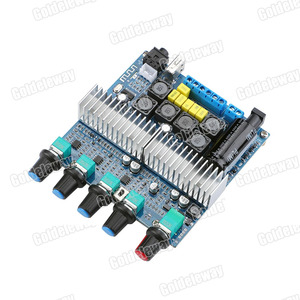
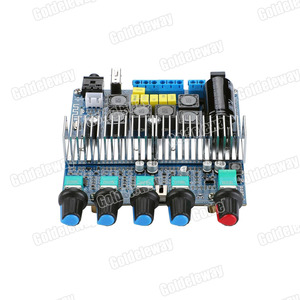
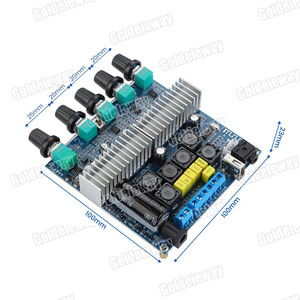
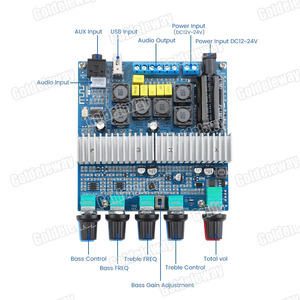
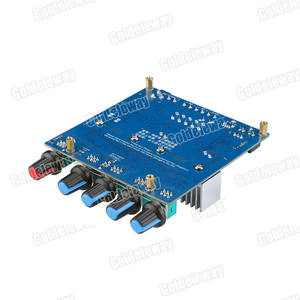
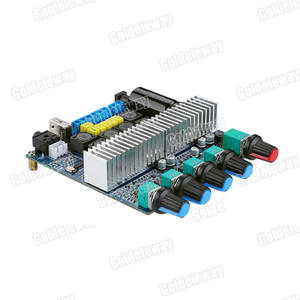














Inline amplifiers come in various types, each suited for specific applications and environments. Understanding the differences enables buyers to select the right equipment according to their business needs.
Commonly employed in broadcasting sectors, these amplifiers enhance weak radio frequency signals. Known for their precision, they ensure that radio signals cover wider areas without losing clarity. Large stations or those operating in remote regions frequently rely on these amplifiers to maintain strong signals.
Coaxial inline amplifiers are tailored specifically for television and cable systems. Located between the signal source and the output, these amplifiers boost signal strength over long cable runs. Their main application is in residential and commercial settings where multiple TVs are in use, ensuring consistent high-quality cable signals even in expansive areas.
Optical inline amplifiers, which are mainly used in fiber optic systems, amplify light signals to maintain data transmission quality. Used extensively in telecommunications, they support long-distance fiber optic networks by reinforcing the signal without altering its original data.
These amplifiers are widely used in commercial sound systems, car audio setups, and home theaters. With their ability to amplify weak audio signals, they provide clear and powerful sound output in large venues or multiple speaker systems. They are mostly found in settings where there is a need for high-capacity sound due to their effectiveness in boosting audio signals to enhance performance in both professional and consumer environments.
Commonly used in industrial applications, these amplifiers are designed to amplify low-level signal differentials while rejecting noise or interference. They are crucial in environments where precision is key, such as in factories or laboratories that rely on accurate measurements to monitor equipment and ensure safety. Their durability and high accuracy make them ideal for harsh industrial settings.
Various industries employ the inline amplifier due to its adaptability and effectiveness, from enhancing audio to boosting signal transmission. Below are the most common business applications of these devices.
Entertainment firms need RF and coaxial cable amplifiers to ensure premium audio and video signals. They are vital for radio stations, TV networks, and even live streaming platforms to distribute powerful signals. They help avoid interruptions and enhance signal clarity, thus improving customer experience.
Optical inline amplifiers are critical for reinforcing signals in fiber optic networks for long-distance communication. Telecommunications businesses enlarge their network capability and assure quicker, better service by installing these amplifiers, especially in large metro areas or regions with a vast infrastructure. They are also essential to mobile networks because they help connect cellular towers and assure better call quality and data transmission.
Automobile sound systems use line-level amplifiers to amplify audio signals to premium speakers. They are crucial performance components in electric vehicles and premium car accessories due to the soaring demand for advanced sound systems. These amplifiers ensure premium music, even at greater volumes, thus enhancing the passenger experience.
Instrumentation amplifiers are critical for monitoring machines in industrial areas. They ensure that vital data is transmitted accurately in real time, which affects decision-making in production processes. Industries rely on these amplifiers to reduce downtime by enabling preventive maintenance and system optimization.
In conference rooms, auditoriums, and other big sites, inline power amplifiers are crucial for premium sound distribution. They ensure that everyone hears clearly, which boosts workplace productivity and event experience. They are also crucial for church services, which helps keep large crowds involved with clear audio.
It's critical to understand the details of an inline amplifier to make an informed choice for one. Here are the main specs and features that business clients should pay attention to.
It is essential to focus on product quality and safety to ensure commercial viability and dependable performance. The following factors should be considered when assessing inline amplifiers.
A1: Unlike regular amplifiers, which are mostly installed at central positions within a signal range, inline amplifiers are positioned directly within the signal path. This placement policy makes them ideal for enhancing specific signals, such as audio or data, over longer distances. They take in the faint signal, strengthen it, and pass it on without breaking the connection. On the other hand, amplifiers increase the signal power for general use, commonly applied in large broadcasting systems.
A2: The most important factors are the kind of signal to be amplified, the expected load, and the operating environment. Other important elements include the amplifier's total amplification, or gain, and its noise factor, which impacts signal fidelity. Assessing system compatibility and considering future expansion also help make good choices.
A3: Regularly checking for issues like overheating and dust, frequently cleaning cooling parts, and replacing worn components can help increase the lifespan of an inline amplifier. Moreover, using the right power supply and protecting the device from harsh environments also increases its lifespan.
A4: Broadcasting, telecommunications, and audio-visual industries rely heavily on inline amplifiers. They are also essential in automotive sound system design and instrumentation for industrial monitoring and control because of their versatility.
A5: Common problems include overheating due to insufficient cooling and excessive dust accumulation, signal distortion from improper gain configuration, and hardware failures caused by electrical surges. Also, cable compatibility issues may cause connection problems or signal degradation.